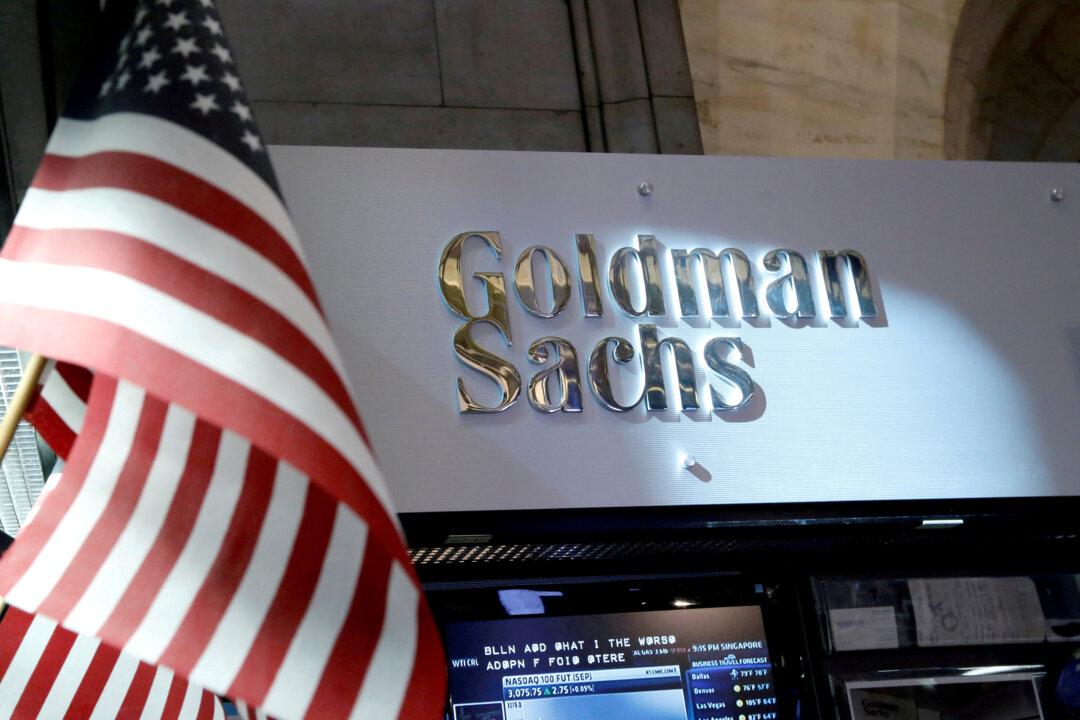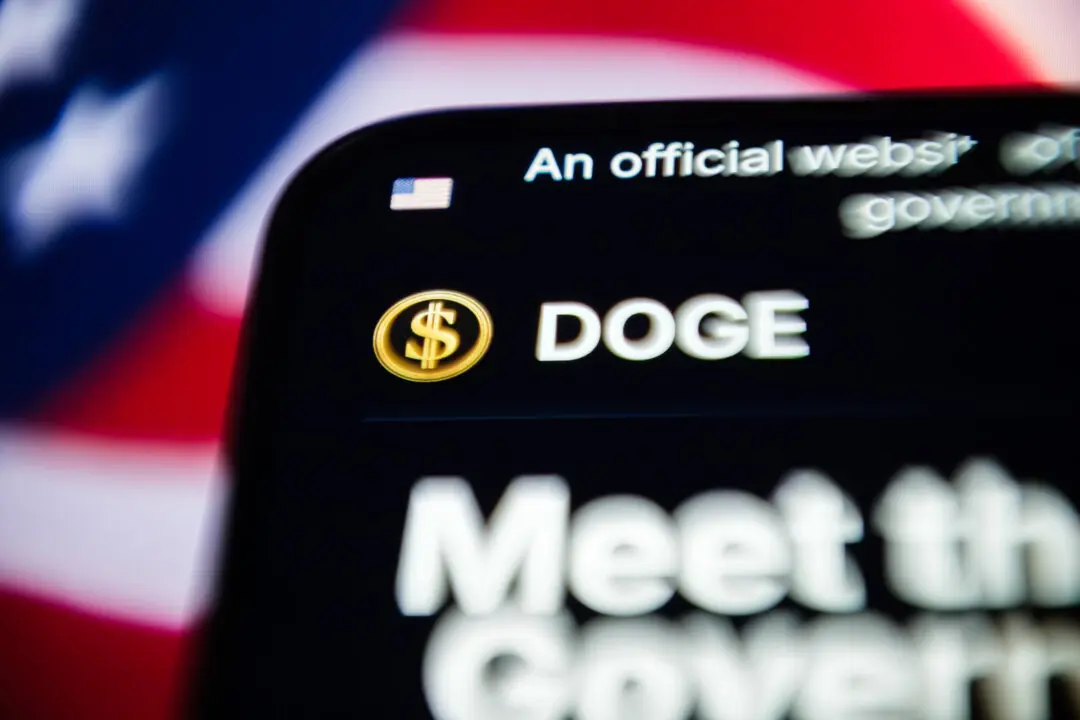Investment banking giant Goldman Sachs has trimmed its forecast for U.S. economic output in 2022, predicting growth will stall early in the year due to fading fiscal support and the impact of the Omicron variant.
Goldman has cut its U.S. GDP forecast for all of 2022 to 3.2 percent from a previous projection of 3.8 percent, according to a note cited by Reuters.





